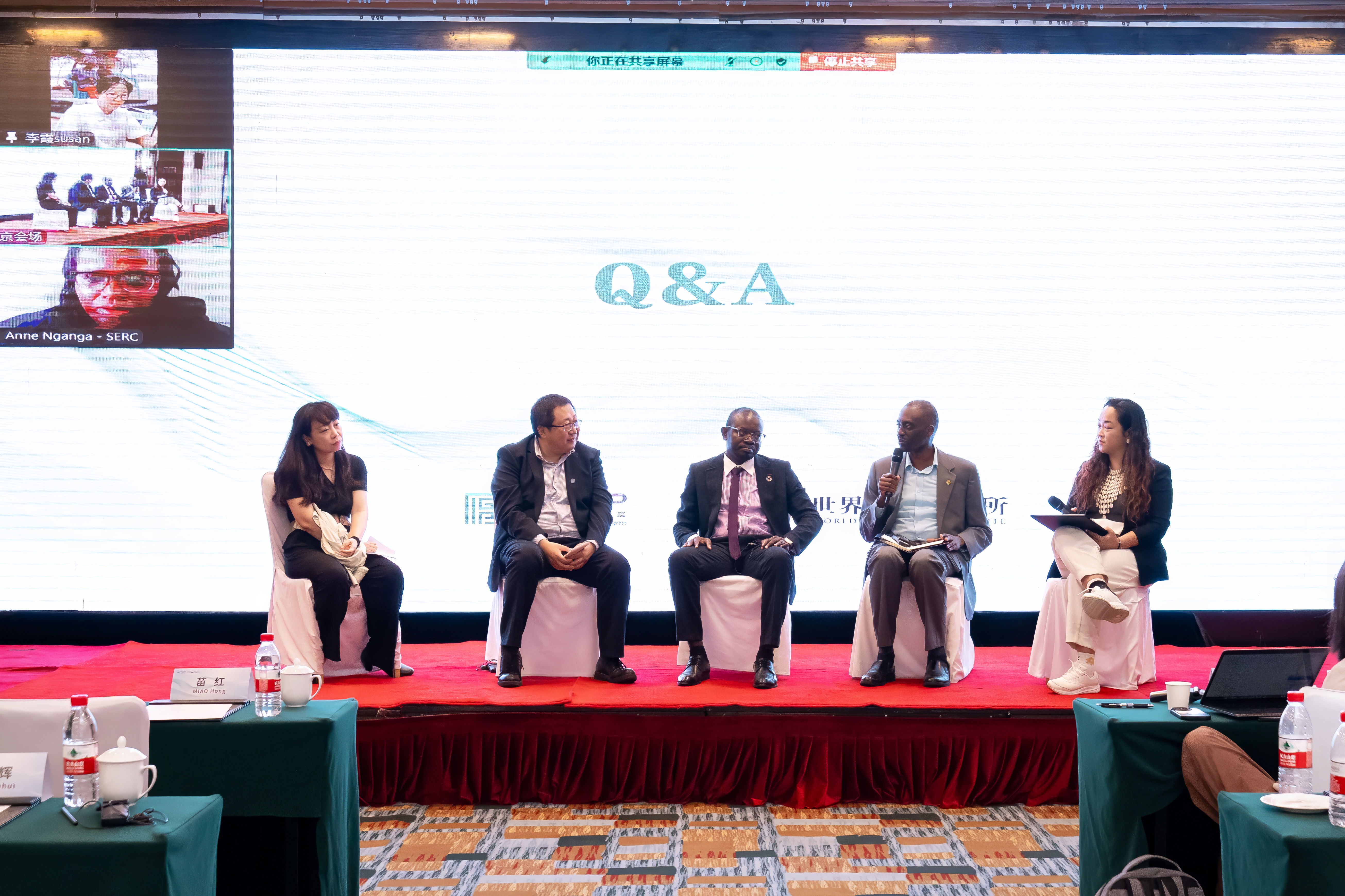The below blog was written by a California-China China Climate Institute Travel and Fieldwork Grant Receipient Student, Xi Xi, a Master of Science (M.S.) Candidate in Energy and Resources at UC Berkeley. It serves as one of the culminating outcomes of the student fieldwork project, "Chinese and U.S. collaboration on green hydrogen in Kenya."

Despite a long history of collaboration around climate change, there is simultaneously a rising tide of increasing competition and tension between U.S. and China. This plays out in many domains, but often overlooked is the key role it plays on the continent of Africa around infrastructure development, critical minerals, and other key resources. These areas are intimately and intricately linked to, and intersect with, climate change and energy development. By contrast, a collaborative approach could be beneficial to all parties, and an important ‘back-channel’ means to prevent geopolitics from hindering the urgently needed progress in combating the current headlong rush into a climate disaster.
Africa faces an optimistic future of growth. A booming young population along with abundant renewable resources and critical minerals, the continent will become a key player and contributor to the global climate and energy transition. Yet the energy sectors on the continent still face significant development challenges. The mining sector is extractive, the energy sector is heavily underinvested, and expansion of renewables is further limited due to limited, aged grid infrastructure
Africa's needs for rapid and just energy development are clear, and U.S. and China can play supportive roles in realizing the continent's massive potential. Their investments in Africa’s energy sectors can lead to a more collaborative U.S.-China relationship that will benefit global climate actions and energy transition.
First, addressing funding barriers is of high priority. U.S. and China, along with other regions whose historical development benefitted from Africa’s human and natural resources, should invest in Africa and will continue to benefit from these investments. My previous perspective letter calls for the U.S. and China to make concrete plans to distribute the $100 million committed in the Glasgow Declaration towards developing countries’ climate needs. The two countries are also well positioned to push for reforms in multilateral banks and DFIs.
Second, Africa's energy development model (and logic behind funding) should shift from bankable, project-based generation investments to systematic grid planning and complementary green industrialization. Investments to expand and upgrade the grid infrastructure are needed to integrate increasing generation capacity, improve energy access, increase reliability, and reduce loss in transmission. Additionally, a strong industry sector can alleviate the high cost of capital for financing energy projects in Africa. If Africa becomes a new base for manufacturing of clean technologies, U.S., China, and the world will benefit through de-escalated tension around supply chain dominance while maintaining low cost.
Third, to contribute to Africa's grid development and green industrialization, U.S. and China should increase their collaborations with African countries at subnational levels and through civil society organizations. Africa, China, and the U.S. all have countries and subnational regions with diverse characteristics. Subnational experts from civil society organizations must actively participate and engage with each other to share and understand the richness of the contexts and experiences from the three regions.
Africa is a continent of massive growth potential driven by its rich human and natural resources. It is also a productive ground for U.S. and China to collaborate on accelerating a rapid and just energy transition. U.S. and China's complementary expertise, experience, and resources can assist Africa to rapidly develop in a sustainable manner through technological and systematic leapfrogging. Close collaboration between the two countries in Africa can also diversify clean technology supply chain without exacerbating the tension between the two countries that can threaten global progress towards a net zero future.
Acknowledgment
The author would like to acknowledge the expert opinions and support provided by Professor Dan Kammen, the Institute for Global Decarbonization Progress, and the Strathmore Energy Research Center.

